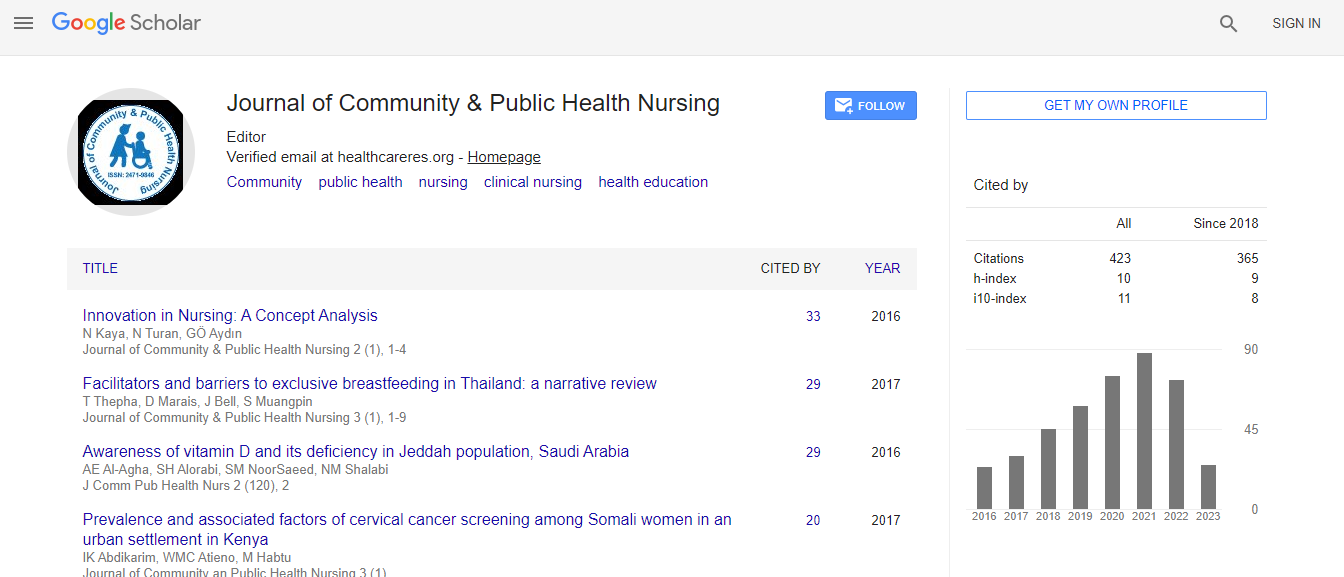Research Article
Lassa Fever Epidemic in Nigeria - Outbreak Investigation, Risk Factors and Empirical Analysis from 2012 To 2016
Jimoh Mohammed Saka1*, Aishatu Bintu Gubio2, Yennan Sebastian Kerecvel3, Aisha Oluwatoyin Saka4, Akin Oyemakinde51Department of Epidemiology and Community Health, College of Health Sciences, University of Ilorin, Ilorn Kwara State Nigeria
2Nigeria Field Epidemiology and Laboratory Training Program, Federal Ministry of Health, Nigeria
3Epidemiology Division of Federal Ministry of Health, Nigeria
4Department of Pediatrics and Child Health Faculty of Clinical Sciences, University of Ilorin, Nigeria
5Nigeria Centre for Disease Control, Federal Ministry of Health, Abuja, Nigeria
- *Corresponding Author:
- Jimoh Mohammed Saka, Ph.D
M.D, Department of Epidemiology and Community
Health Faculty of Clinical Sciences
College of Health Sciences, University of Ilorin
Ilorn Kwara State Nigeria
Tel: +23480686345
E-mail: sakamj1@yahoo.com
Received date: April 07, 2017; Accepted date: April 27, 2017; Published date: May 04, 2017
Citation: Saka JM, Gubio AB, Kerecvel YS, Saka AO, Oyemakinde A (2017) Lassa Fever Epidemic in Nigeria - Outbreak Investigation, Risk Factors and Empirical Analysis from 2012 To 2016. J Comm Pub Health Nurs 3:170. doi:10.4172/2471-9846.1000170
Copyright: © 2017 Saka JM, et al. This is an open-access article distributed under the terms of the Creative Commons Attribution License, which permits unrestricted use, distribution, and reproduction in any medium, provided the original author and source are credited
Abstract
Lassa haemorrhagic fever caused by the Lassa virus is an acute, highly infectious zoonotic disease. Magnitude of disease is becoming greater with increasing mortality and morbidity and spread to other area in Nigeria. The study accessed outbreak outcome, risk factors and empirical analysis from 2012 to 2016.
Active case search conducted included health facilities that treated confirmed and suspect cases, as well as their residential and business premises using questionnaire and Laboratory analysis. All cases were identified based on the adopted case definition of a person with severe illness of <3 weeks duration and temperature ≥ 38ºC. Individuals with potential direct exposure to Lassa virus through contact with a case were risk assessed. Evidence from data LF cases recorded for five years were analysis using Epi Info 6.
A total of Eight (8) cases were seen during the period of investigation. Three (3) was confirmed, one of the confirmed case who was a doctor died. Case fatality rate is 37.5%. Over 50% of the cases are aged between 25-40 years. Median age is 26 year with range 1-55years. Five of the eight cases (62.5%) are males. 100% of patients live in Markudi but 86.5% are Ibo settlers. Out of the 53 contacts that were assessed for risk, 25 (47.2%) were categorized as no risk, 25 (47.2%) were categorized as low risk, while 3 (5.6%) were high risk contacts. Between the period of five years 5051 cases conformed, with 3891 death from LF with case fatality of 77.03%. Risk factors for transmission not limited ethical believe, ignorance and misinformation.
LF infection is on increase, affecting both health and non-health workers Over half of the contacts had direct contact with this case. Adopting proper standard precautions in hospitals as well as communities is recommended.

 Spanish
Spanish  Chinese
Chinese  Russian
Russian  German
German  French
French  Japanese
Japanese  Portuguese
Portuguese  Hindi
Hindi 
